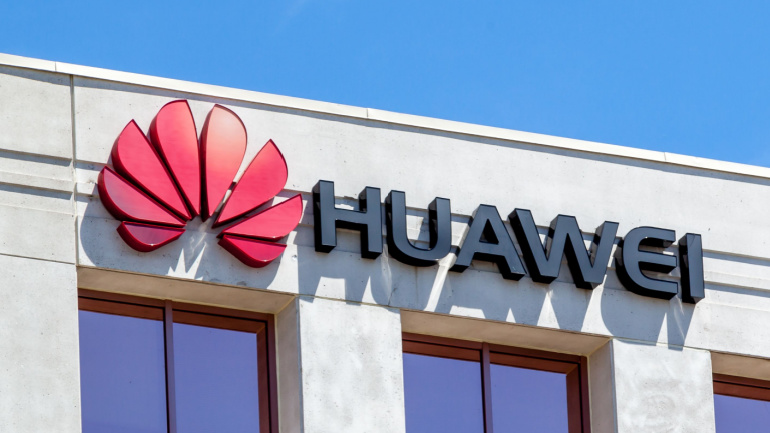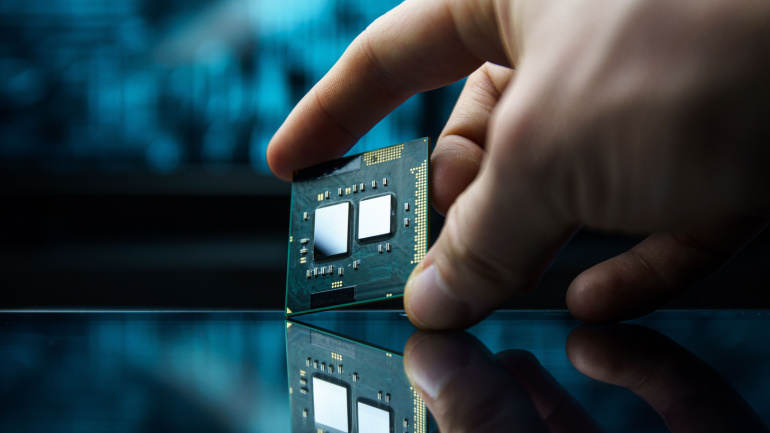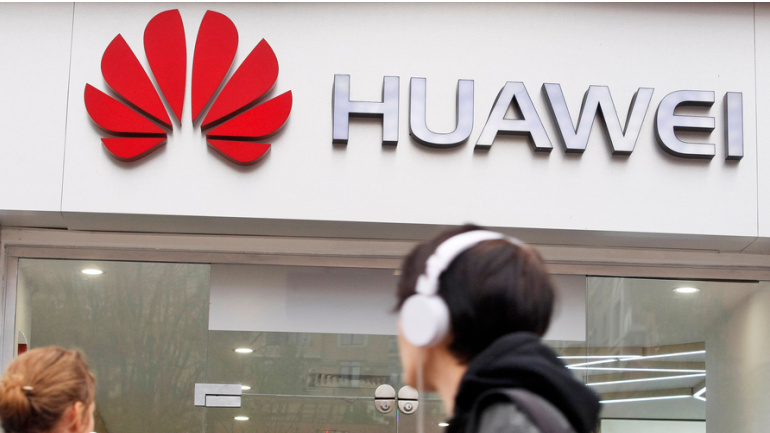In a testament to the synergy of shared innovation, Huawei and Sharp enter an intellectual property cross-licensing agreement. Such alliances underline the value of IP rights while enabling competitive market offerings. However, details like the deal’s duration and financial aspects remain undisclosed – a recurrent practice in the telecom sector.
Samsung enters the mobile AI game with Galaxy AI, its latest invention aimed to revolutionize smartphone experiences. Powered by Samsung-developed on-device AI and a cloud-based system, it incorporates remarkable features like real-time audio and text translation during phone calls. Alongside this, Samsung excites with Samsung Gauss, dedicated to streamlining diverse tasks from coding assistance to content translation – a move promising profound impacts on our technology interactions.
Nvidia, the graphics processing unit heavyweight, plans to enter Intel’s domain with ARM-based chips tailor-made for Windows PCs, according to insiders. AMD, another significant player in this space, is also reportedly considering ARM technology. This move, potentially hitting the market by 2025, has been stimulated by Microsoft’s interest in duplicating the efficiency of Apple’s ARM-use in AI processing. Yet, Nvidia’s past attempt to acquire ARM was thwarted by regulators, putting the company’s motives under scrutiny as the PC CPU sector braces for potential disruption.
Colt Technology Services’ Annual Digital Infrastructure report reveals growing business prospects for partners, especially in AI-compatible tech like 5G, agile connectivity, and edge. Amid global uncertainty, there’s a solid market for partners providing consumption-based networks. However, tensions exist between IT chiefs and partners over integration and lack of APIs. This study highlights the evolving role of partners, suggesting this could be an opportune moment to overcome challenges and embrace the digital revolution progress.
Huawei recently unveiled the groundbreaking Xinghe Network large model at the prestigious HUAWEI CONNECT 2023 event. An industry first, it paves the way for advanced network digitalization and enhanced industry intelligence. Harnessing the power of large-scale data and expert knowledge, this model heralds a new era in telecommunications, introducing exceptional features like multi-dimensional awareness, predictive capabilities, and optimized decision-making assistance. Its comprehensive advantages notably include proactive anomaly detection, enhanced application experience and proactive network security strategies.
Charting the future of mobile networks, the advent of Open vRAN technology, equipped with software-defined systems on standard hardware, delivers on the ambitious goals of 5G while retaining unmatched energy efficiency. Pushing these advancements further, QCT and Intel have introduced cutting-edge servers integrating Intel’s pioneering FlexRAN architecture. This merger of CPU computing power with an accelerated system, transforming standard network structures and allowing innovative software integrations, is the driving force behind the striking efficiency improvements within mobile networks.
Intelsat’s recent partnership with Telespazio paints a promising image of the future of global network operations. With the inclusion of Telespazio’s premier teleport facility, Fucino space centre, into Intelsat’s network, seamless European connectivity is underway. Moreover, the alliance caters to the growing global demand for managed satellite services, elevating the standard for high-profile sectors, while improving geospatial communication. This precise move highlights the tremendous potential of combining flexible solutions for global positioning.
In a strategic move, Intel has decided to sell 10% of IMS Nanofabrication to Taiwan Semiconductor Manufacturing Company (TSMC), aiming to accelerate the development of cutting-edge lithography technology, vital to the production of state-of-the-art semiconductors. IMS, a leading producer of essential chip-manufacturing components, plays an essential role in the complex world of mobile devices and similar applications. The investment is expected to enhance IMS’ independence to address significant growth opportunities for multi-beam mask writing tools.
Leading tech research institution Omdia, a division of Informa Tech, has introduced the Channel Partner Strategies Intelligence Service, a market research solution tailored to channel-oriented vendors and tech suppliers. This innovative service aims to expedite growth and provide a comprehensive understanding of the pivotal trends influencing the tech domain. With a special emphasis on the changing technology consumption landscape due to the evolution of managed services, the service also delivers insights into emerging solution providers.
Intel and Samsung amplify their alliance to revolutionize virtualized Radio Access Network (vRAN) technology. With Intel driving RAN processes into a generalized realm and Samsung narrowing the divide with formidable RAN vendors, vRAN emerges as an attractive alternative to traditional RAN. But will the telecom industry celebrate this technological feat with the same fervor?













